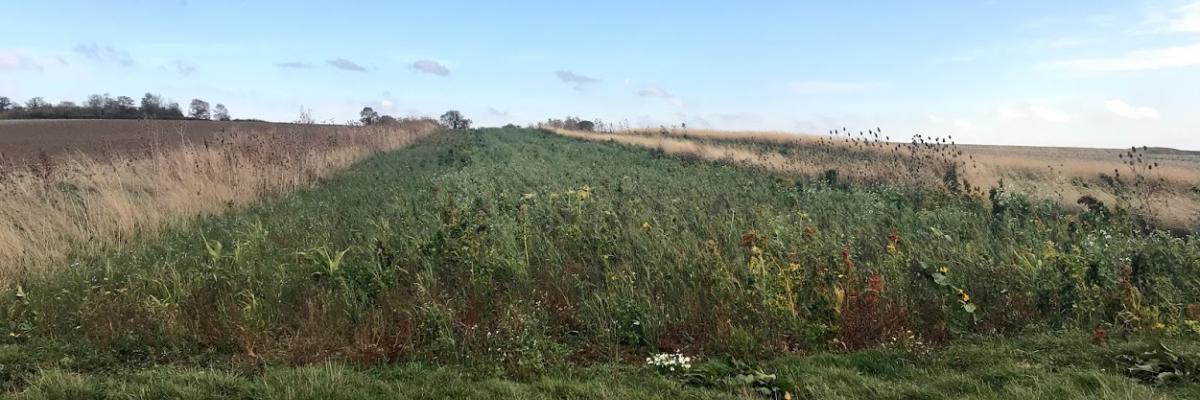
CFE Virtual Workshop - Water, Soils, Wildlife & Profit
Watch the webinar
This is a recording of an online workshop organised by Championing the Farmed Environment (CFE) on water, soils, wildlife, and on-farm profit. It features Phil Jarvis, Farm Manager at the GWCT Allerton Project, Loddington, who talks about activities they have undertaken on the farm and in the wider catchment to improve water quality while maintaining farm incomes and meeting environmental objectives, and measures they carry out to improve soil health. Phil takes us on a virtual tour of Loddington; a commercial farm where there has been ongoing research over the last 20 years into farm ecosystems and the effects of different farming methods on wildlife and the environment. He talks about reduced cultivations, wider rotations and soil cover, grass and livestock soil monitoring and practices to help increase organic matter.
- The 333-hectare mixed farm has a rotation of winter wheat, oil seed rape, winter oats, spring oats, spring beans and grass in the rotation. It has 20 hectares of woodland and 30 hectares of permanent pasture which is grazed by sheep.
- The Allerton Project has a sustainable approach to farming and has established techniques for carbon storage, renewable energy, environmental habitats, and soil and water protection. They have aimed to make their soils more resilient on the farm and over the years have focussed on widening rotations, introducing cover crops and making the transition towards direct drilling.
- Find out more in Phil’s Agricology farmer profile.
* There is some interference in the sound quality but stick with it!

